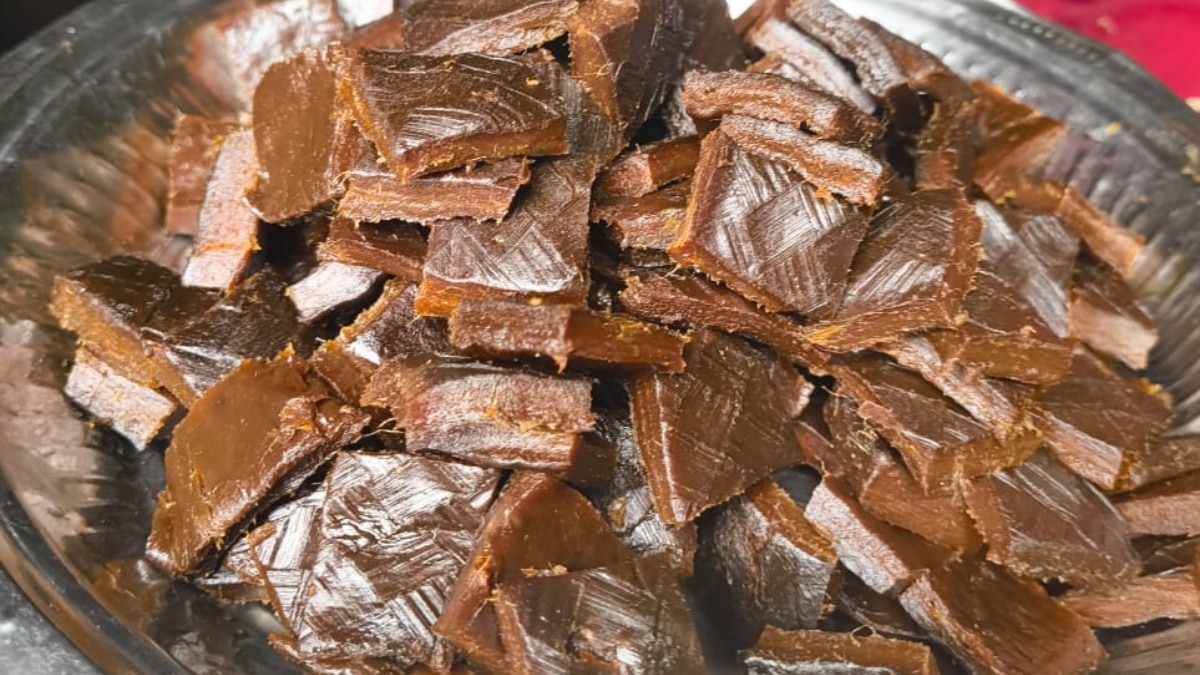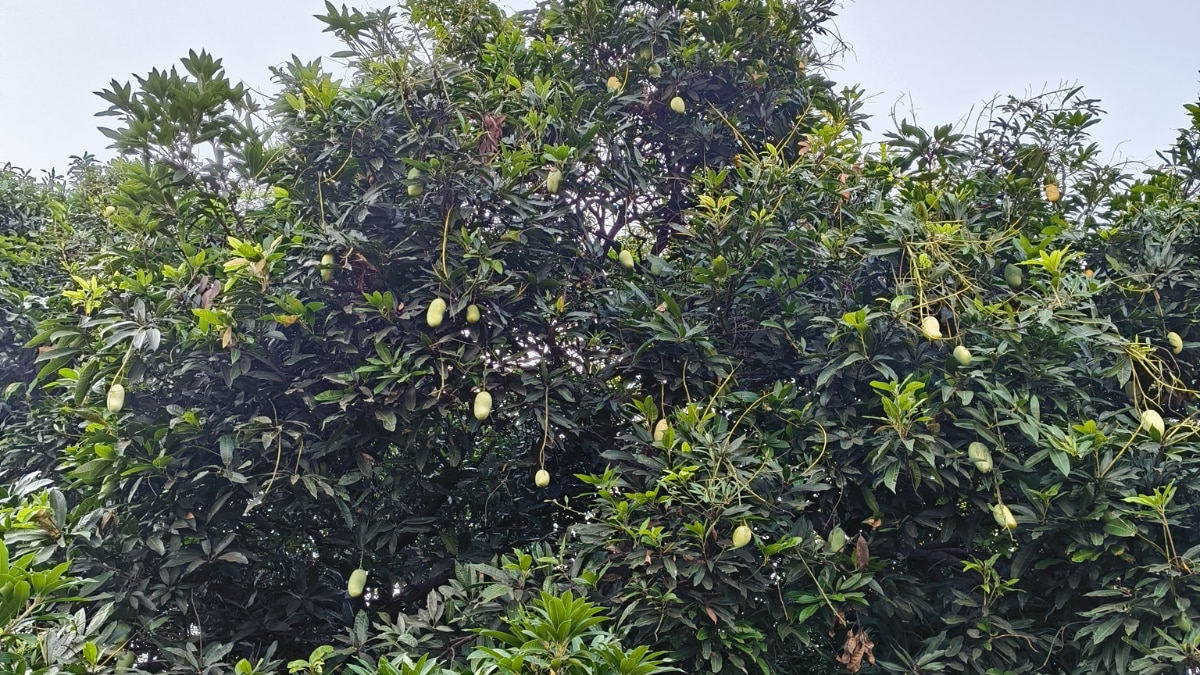National Mango Day: Know Why Odisha Tribes Name Their Villages After Mangoes
National Mango Day: The 'King of Fruit' is more than just a summer treat in Odisha- it is a way of life, a source of income, and an essential food supply.

Do you like mangoes? If so, would you like them enough to name your village or home after them? This might sound unusual, but several villages in Odisha are named after mangoes.
A name is a powerful identifier, whether it is for a person or a place, and often reflects the history and stories of the area. Odisha is one of the largest producers of mangoes in India, but what makes people name their villages after this fruit? And It's not just villages, you'll also find railway stations, parks, and other locations named after mangoes.
In Odia, mango is called 'Amba'. There are over 60 villages in this state with 'Amba' in their names, including Mantriamba, Machiamba, Ambapada, and Ambaguda.
Also Read: Monsoon Recipes: Healthy Snack Recipes To Enjoy Amid Rains
Tribals' Lifeline:
Odisha has been home to tribal communities for centuries, and their livelihoods depend on local production. The 'King of Fruit' is more than just a summer treat here — it is a way of life, a source of income, and an essential food supply. Isn’t it incredible how a single fruit has become central to a community's existence?
Although called 'Amba', the tribal people of Odisha also refer to mango as 'Maska'.
There are several places named after mangoes near Rayagada, including the major railway station Bhalumaska. In Malkangiri District only, there have been at least 40 villages named after Amba. They usually use Amba as a prefix or suffix such as Mantriamba, Machiamba, Hatiamba, Ambapada, Jadaamba, and Ambaguda. Other districts like Koraput and Nabarangapura also have dozens of villages in the same way.

Manish Kumar Sahu, a tribal activist working in the Health and Family Welfare Department of Odisha, explains, “99% of the tribes' livelihoods here depend on mangoes. We have been doing this for centuries. Mango is not just a summer fruit; it holds economic and cultural significance in our daily lives.”
According to Sahu, to truly understand the significance of mangoes in this region, one must know their various uses and roles. For these tribes, mango is the cure for hunger, a source of joy for children, and even a form of medicine. This fruit is celebrated in festivals and form an integral part of the tribal identity.
'Major Part Of Economy'
Mangoes are not only their staple food but also a primary source of income. Tribes cook and preserve mangoes in various forms to last throughout the year. They make pickles, Ambasadha, and kernel powder. Farmers also dry the mango so they can save it for the off-season.
Farmer Nitya Sundar says, “We use it in many ways. We make various forms of pickles, Ambasadha (Aam papad made of pulps), and Kernel powder. We also make Champeita (mango skin pickle), which has international demand. We sell it for around Rs 50 per KG to survive.”
According to him the major source of income is these three items only. “There is no set MSP for these items, so we often incur losses.”
"Our major food alongside rice is Mango," adds Manish Sahu. "The government only provides rice, and we farm Arhar Dal. However, due to typhoons and unpredictable weather conditions, it is not very profitable for us, and not everyone can farm."

A Reason To Celebrate:
These Western Odisha tribes celebrate the Mango season in the form of an array of festivals and even pray for them. Before consuming the season’s first mango, it is offered to Dhowrni Dewata, a deity believed to inhabit every mango tree. "We revere it like a god. These festivals are our way to thank him for this gift. We offer our first harvest and mangoes to the gods at the start of the season," says Dharmendra Panda, a social worker and farmer.

“We celebrate mango season through various festivals. One such festival is Naukhai, an agricultural celebration dedicated to crops and another one is Chaitra, also known as the Mango Festival, held in March or April,“ he adds. During Chaitra, mango trees start to bloom, bringing smiles to the faces of the tribes.
Mango seed also works as an antiseptic for injuries in an emergency. “We dip them in water and rub on irritated or itchy skin,” says Dharmendra Panda.
They also use the tree trunk and leaves for prayer and that’s how each part of Mango has its use. These tribes worship mango trees, hene they never cut them down. So, now when you find any place in Odisha having Amba in their name do not keep wondering the reason, instead, think about the deep significance mangoes hold in their lives.
Also Read: 5 Maharashtrian Delicacies You Must Try This Monsoon
Related Video
Union Budget 2024: Nirmala Sitharaman Reaches Parliament Ahead Of Budget Presentation Today | ABP News
Top Headlines





































